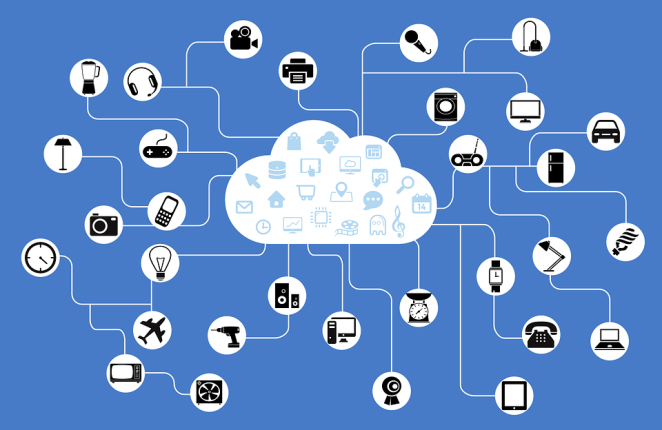It was my second day in hospital. It was 2001 and I was 13 years old – the oldest patient in the Children’s Ward. I had just started high school and I remember wondering if my small pool of friends had noticed I was gone. I wondered if they knew somehow that I was sick; that the day before my life had completely changed. I had learnt a lot in that one day. Learnt that I was Diabetic. When the doctor diagnosed me I thought I was dying, then I learnt I wasn’t. Diabetes isn’t terminal. Not anymore. I remember the nurse came in to test my blood – a process that involves quick, shallow skin penetration with a needle to draw a small drop of blood from a fingertip, which is then drawn up into a small, digital device that measures the concentration of glucose in your blood in millimoles per litre. I remember wanting to get better. I wanted to own my fate and take back control of my life.
“I’m ready to test it myself now,” I told the nurse.
This was the first step in a life-long journey of self-quantification.

Image sourced from here.
The ‘quantified self’ movement emerged as a consequence of globally networked communities and the emergence of commercial, wearable technology (Wolf 2010). Data regarding variable such as time, geographical location, temperature, movement, and sound can be collected through sensors and shared through networks – allowing it to be collected, stored, processed, interpreted, and shared amongst communities of people who are interested in understanding and unravelling the mysteries of their own bodies and lives (Swan 2012; Wolf 2010). In this sense the human body is joining laptops, smart phones, cars, fridges, buildings and a whole host of other networked devices in an Internet of Things ecosystem – and it can be used to create new narratives and understanding of ourselves and our surroundings that have never before been possible, because human beings have massive flaws that computers don’t (Swan 2012).

Image of the Internet of Things sourced from here.
When it comes to producing useful data about my Diabetes management, I am a very flawed person. I do not use any networked devices at all – just my glucometer and a record book to record the date and my blood sugar levels before every meal throughout the day. This is correlated to the insulin doses I take throughout the day to ensure they are meeting my health needs. The time of day is imprecise and I often forget to write doses or levels down (or sometimes I deliberately omit them, when they are too depressing or shameful). Other variables such as exercise, what I ate, and levels of sleep or anxiety are never recorded at all – despite the fact that videos like this demonstrate the use in understanding these other factors.
So why aren’t I doing more? Why am I not wearing a Fitbit and taking thorough record to share online with other Diabetics on Quantified Self forums? Well there are, of course, security concerns about freely generating this much data about my lifestyle and health (and how complacent I have been with it at times) that could be accessed and used to judge my suitability for healthcare (Michael 2013). There’s also a concern about cost – these are all expensive pieces of tech for a university student living out of home. But perhaps my biggest resistance to the idea of thoroughly quantifying myself is that is has no end game. There is no goal that gets reached. It’s just an endless stream of numbers getting crunched, graphs getting generated, inefficiencies being resolved. This is all well and good as things improve – exhausting, but good. But then I know the day will come when the numbers will inevitably start to slip. My optimized results will get worse every day – and I will have to accept that they won’t be getting any better. Because no matter how much you fine-tune every aspect of your life, it’s hard to shake the thought that one day we all stop measuring ourselves. One way or another.

